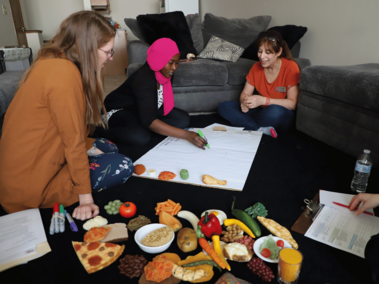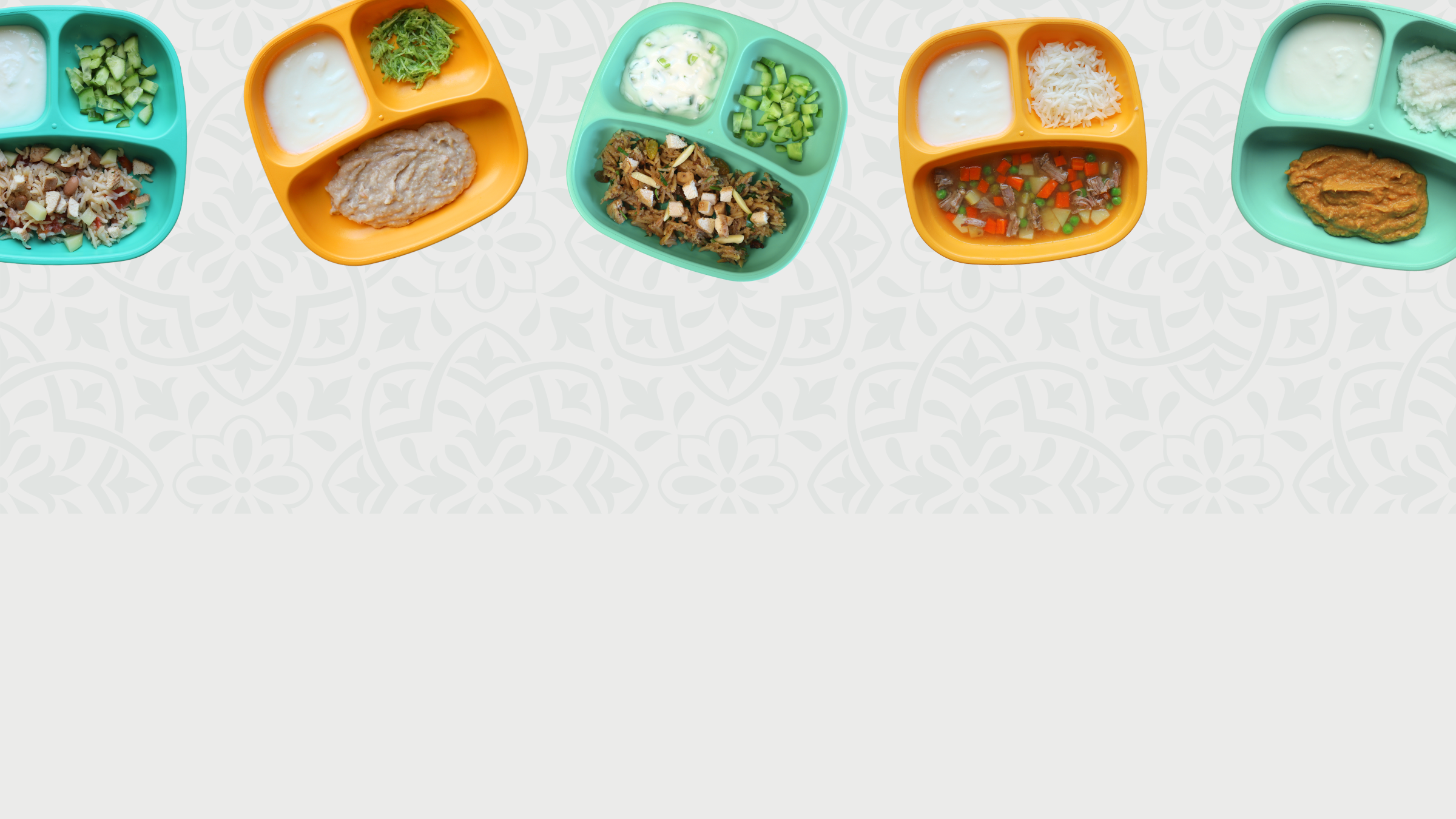Families from diverse cultural backgrounds deserve nutrition education that is practical, accessible, and aligned with their traditions and foodways. These resources provide guidance for feeding young children, while respecting traditional diets and meeting nutritional needs.
With funding from the National Association of County and City Health Officials (NACCHO), Nebraska Extension team embarked on a project focused on the Arabic, Kurdish, Pashto, and Dari-speaking communities. These materials were designed for the critical first 1,000 days of life and aligned with the Dietary Guidelines for Americans, while being carefully tailored to the cultural foodways of each community. The project’s success lies in crafting multi-expert partnerships with diverse community members to understand their foodways and the invaluable role food plays in every culture.


Feeding Infants and Toddlers Nutrition Handout Topics
- Natural is Best: Children consume small quantities of food, so it’s important each bite and drink is nutritious.
- Introducing Allergen Foods: Introduce potentially allergenic foods in the first 6-12 months of age to reduce future food allergies.
- Incorporating Food groups: Incorporate foods from all five food groups throughout the day. Infants need different amounts of food than adults.
- Importance of Vitamin D: Vitamin D is essential for brain and body development. Breastfed babies need a supplement.
- Feed Iron and Zinc Rich Foods: At 6 months of age, infants need meats, beans, seafood, and fortified cereals for healthy development.
- Choking Hazards: Infants and toddler are more likely to choke on food. Cut foods into small, bite-sized pieces.
- Toddler Challenges: Establish mealtime routines and offer healthy foods multiple times to address mealtime challenges.
- Food Safety: Infants are more likely to get sick from food-borne illnesses. Prevent illness with proper food safety.
Download the Handouts
Feeding Infants and Toddlers handouts are available in multiple languages to ensure accessibility for diverse communities. QR codes embedded in the handouts provide audio content in native languages, enhancing accessibility for families who prefer listening over reading.
Available languages:
- English
- Arabic
- Dari
- Pashto
- Kurdish

Additional Culturally Tailored Nutrition Resources
In addition to resources tailored for Arabic, Kurdish, Pashto, and Dari-speaking communities, visit the NACCHO website to access handouts, social media toolkits, and resource directories designed for African, Black, and Caribbean (ABC), Spanish-speaking/Latine, and Chinese and Vietnamese families.

Connect with us
To further explore community-driven, co-creative education, connect with our team!
